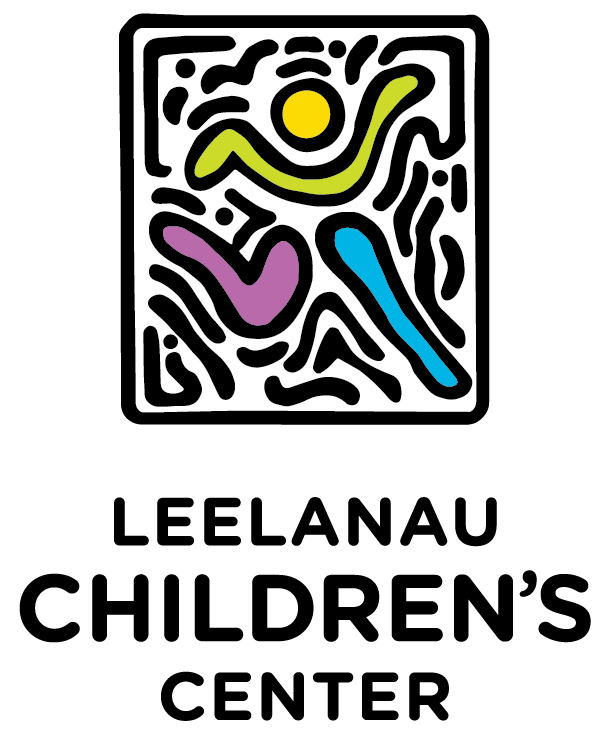Building Healthy Brains
Brain Development is the foundation topic Dr. Becky Bailey uses in the Conscious Discipline series. The aspect of brain development that Dr. Becky Bailey is referring to is the physical structure of the brain and our ability to develop brain capacity that allows us to behave ‘smarter’.
Brain Fact:
The brain is essentially comprised of 3 layers: the brain stem, the limbic system, and the cortex. The brain stem is the ancient part of the brain, the portion of the brain in charge of keeping the mechanics of our body working: breathing, temperature control, oxygenation. The limbic system is the emotional center of the brain. In a curious turn of event, the limbic system is the control center for the brain. I imagine a manager who sits at the front desk of the limbic system. The role of this manager is to assess the safety of any incoming information. If the information signals danger, the manager send reinforcements (brain energy) to the brain stem because we may need extra oxygen to run or throw or hide. If the manager determines safety, it welcomes the visitor and allows it to ascend to the higher functioning areas of the brain: the cortex. The cortex is the last area of the brain to develop, and the area in which we think, plan, consider, and evaluate. Enormous potential resides in the various areas of the cortex, but the brain uses cortical areas ONLY when it can spare the energy to feed it. Energy is available when the limbic system decides that all is well, safety is in order.
There are literal connections that grow between the sections of the brain. To understand the connections, I imagine a rural neighborhood in which the earliest years, there are faint trails between the three neighborhoods. With regular visiting between the neighbors the paths become well traveled, distinct routes. The use of the paths becomes habitual and the neighbors move easily between homes, so easily they often pay no attention to the journey.
We know that with regular practice, use, the connections (corticolimbic connections) in our brain can strengthen and in fact become efficient habitual routes.
Strategies:
How do we help our children build healthy well-connected brains?
CONNECT with our children. People need physical and emotional presence. Look your children in the eye, talk directly to them and touch them. Give them your full attention. Some parents make daily rituals. Bedtime is a good example. After the tasks of eating, clean up, and bed prep, many of us cuddle with our children; we tuck our bodies close together and read books, tell stories, sing songs, share some conversation. These become ritual sacred moments in the day in which we turn off the world and connect with our children. Interestingly, interpersonal connections actually support brain connections! So, when you cuddle, your are building healthy brains!
SAFETY is paramount. Help your child feel emotionally safe, no matter how angry, hurt, exhausted, afraid you are, call upon your reserves to let your child know that you love them and will keep them safe. I recently observed a perfect example of this: a mom came to pick her child up from preschool. The child wanted to take a toy home, and the mom said no, it’s not yours. The child pitched a whopper fit. Mom held him and held him and held him while he thrashed, cried, ached, whined. She was clear about her expectation, and clear that she would sit with him until he could bring himself back to control.
BREATHE, oxygen is brain food. Help your child breathe deeply when s/he is upset. Breathe with them, soothe them and help your child convince the limbic system manger that all is well, and that we needn’t lock our oxygen reserves in the brain stem storage area.
Maggie Sprattmoran, LCC Executive Director (1983-2013)
